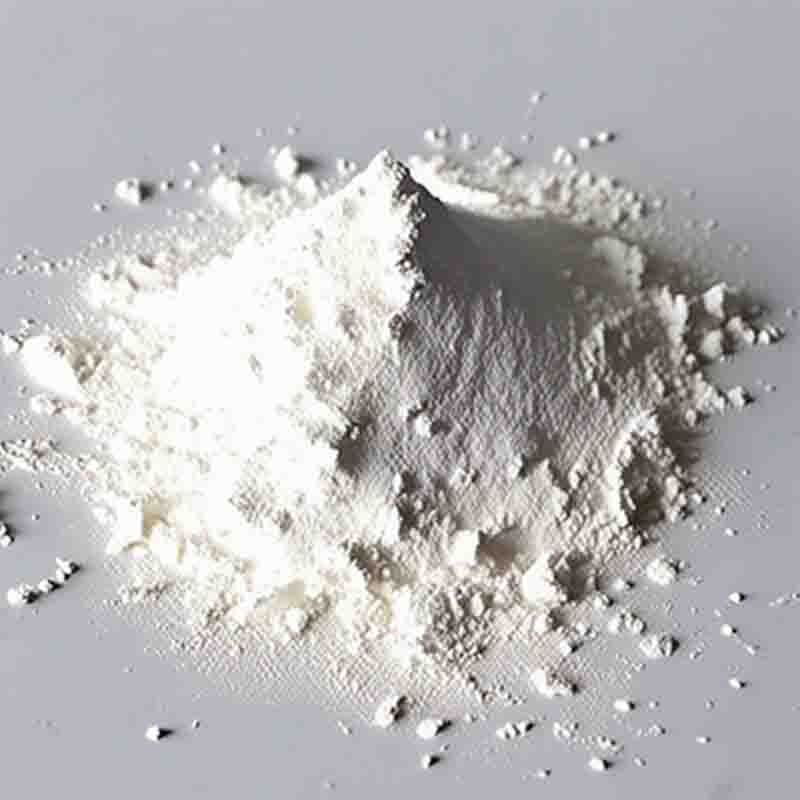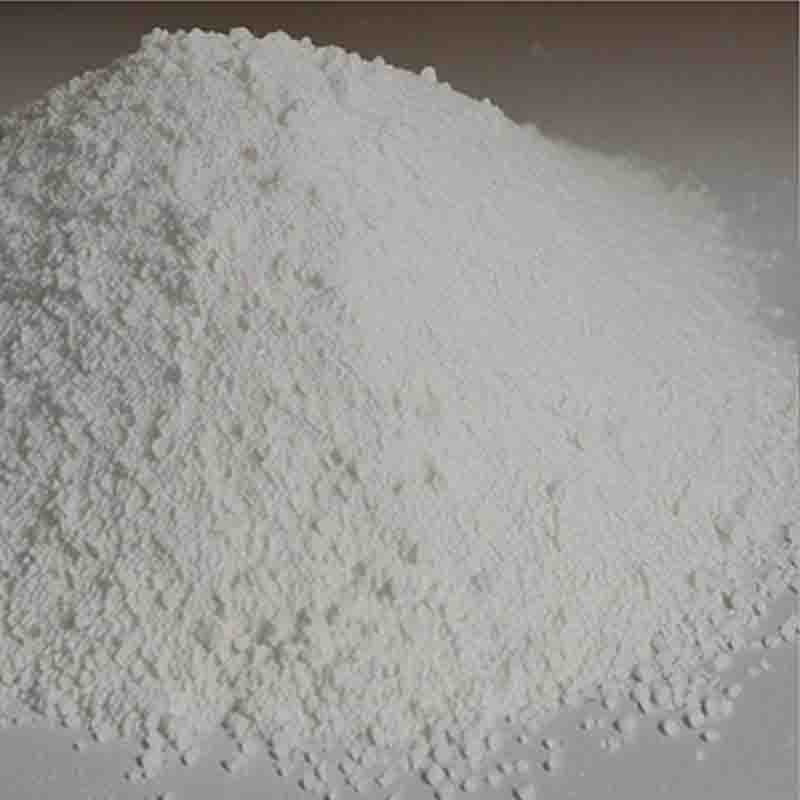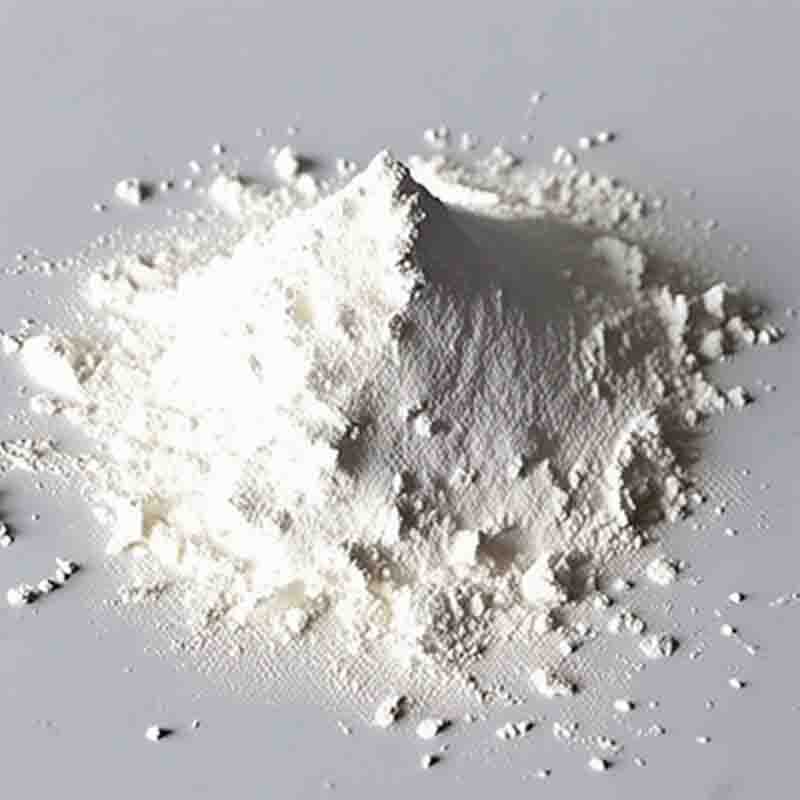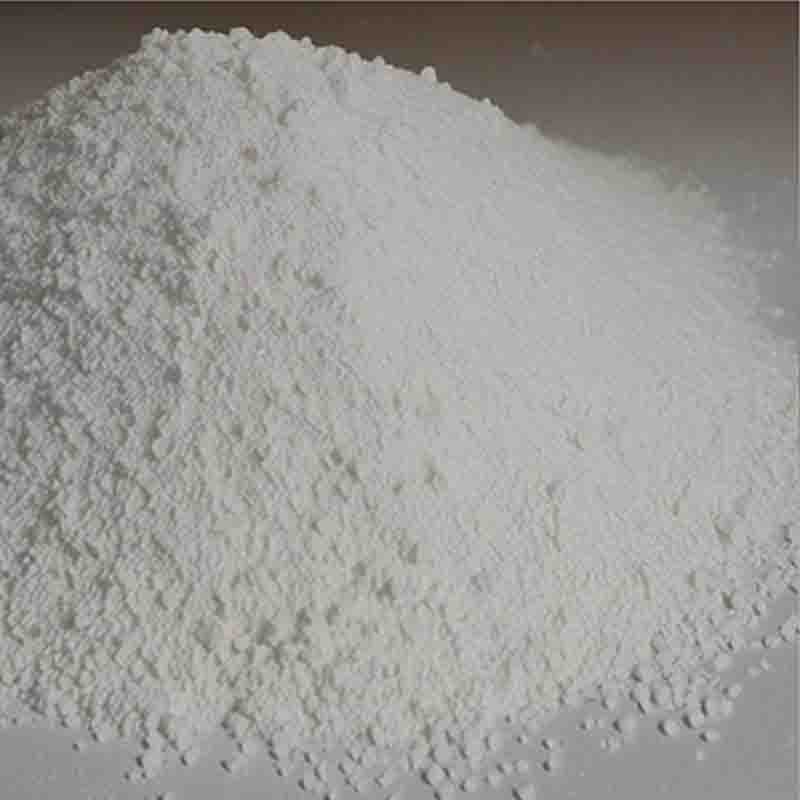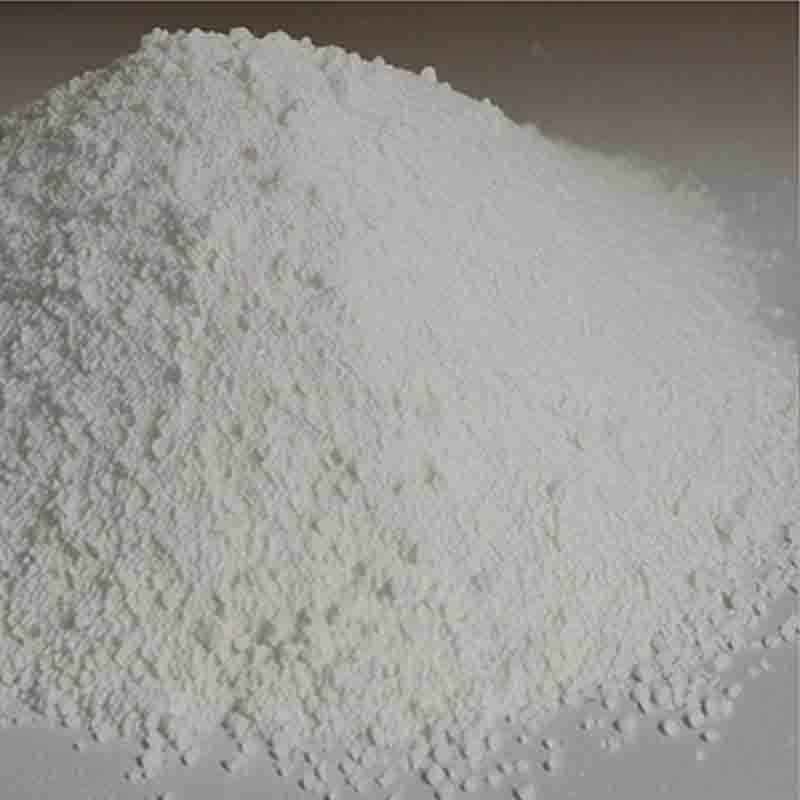4-chlorobutytonitrile CAS: 628-20-6
| Catalog Number | XD95336 |
| Product Name | 4-chlorobutytonitrile |
| CAS | 628-20-6 |
| Molecular Formula | C4H6ClN |
| Molecular Weight | 103.55 |
| Storage Details | Ambient |
Product Specification
| Appearance | White powder |
| Assay | 99% min |
4-Chlorobutyronitrile is a chemical compound with various applications in different industries. Its unique properties and characteristics make it valuable in several areas.
In the field of pharmaceuticals, 4-Chlorobutyronitrile is used as an intermediate in the synthesis of different drugs. It serves as a building block in the production of pharmaceutical compounds, including antipsychotics, anticonvulsants, and antifungal agents. This compound contributes to the effectiveness of these medications in treating various diseases and conditions.
Furthermore, 4-Chlorobutyronitrile has applications in the field of agrochemicals. It is used as a key ingredient in the synthesis of pesticides and herbicides. This compound helps control the growth of pests and weeds, contributing to the protection and improvement of crop yield.
In addition to its pharmaceutical and agrochemical applications, 4-Chlorobutyronitrile is also used in the field of materials science. It is employed as a building block in the synthesis of organic materials, such as polymers, resins, and coatings. This compound contributes to the development of materials with specific properties, enhancing their performance in various applications, such as adhesives, paints, and sealants.
Moreover, 4-Chlorobutyronitrile has applications in the field of organic synthesis. It is used as a reagent or intermediate in various chemical reactions, such as cyanation and nucleophilic substitution reactions. This compound helps facilitate these reactions and plays a crucial role in the development of new organic compounds with enhanced properties.
In conclusion, 4-Chlorobutyronitrile has diverse applications in pharmaceuticals, agrochemicals, materials science, and organic synthesis. Its unique properties make it valuable in the synthesis of drugs, pesticides, organic materials, and compounds. Continued research and development are expanding the potential applications of this compound in various industries.


